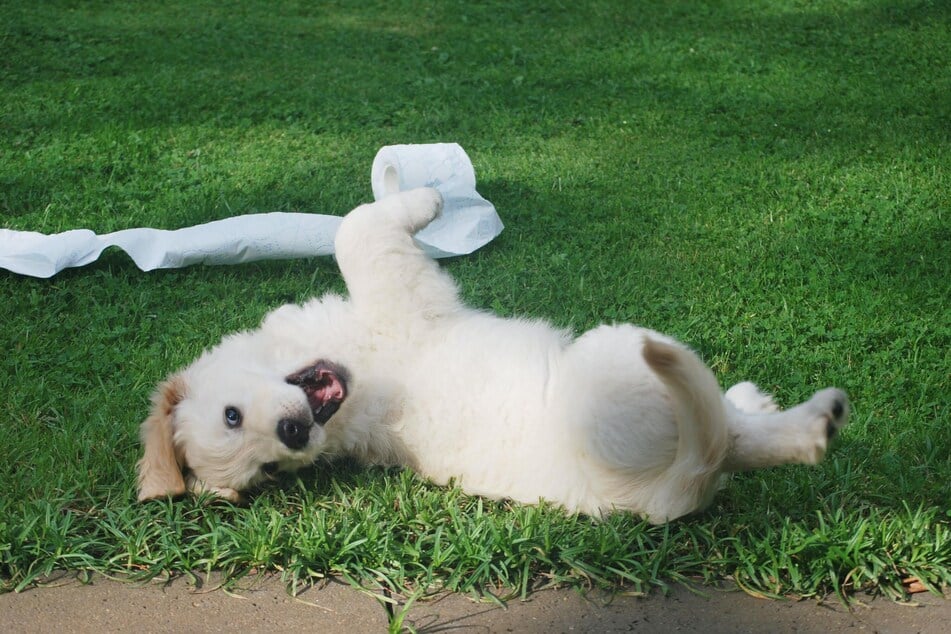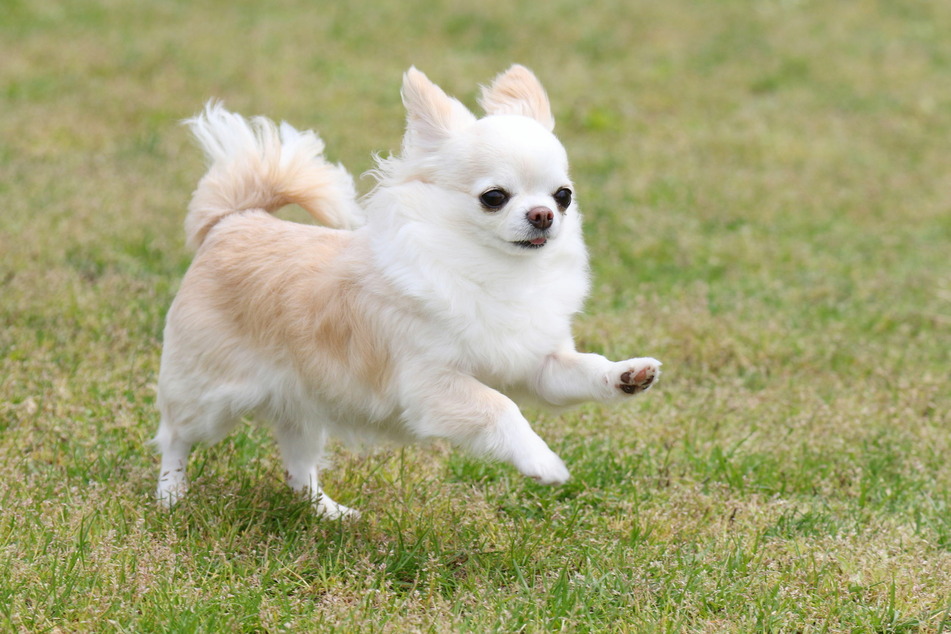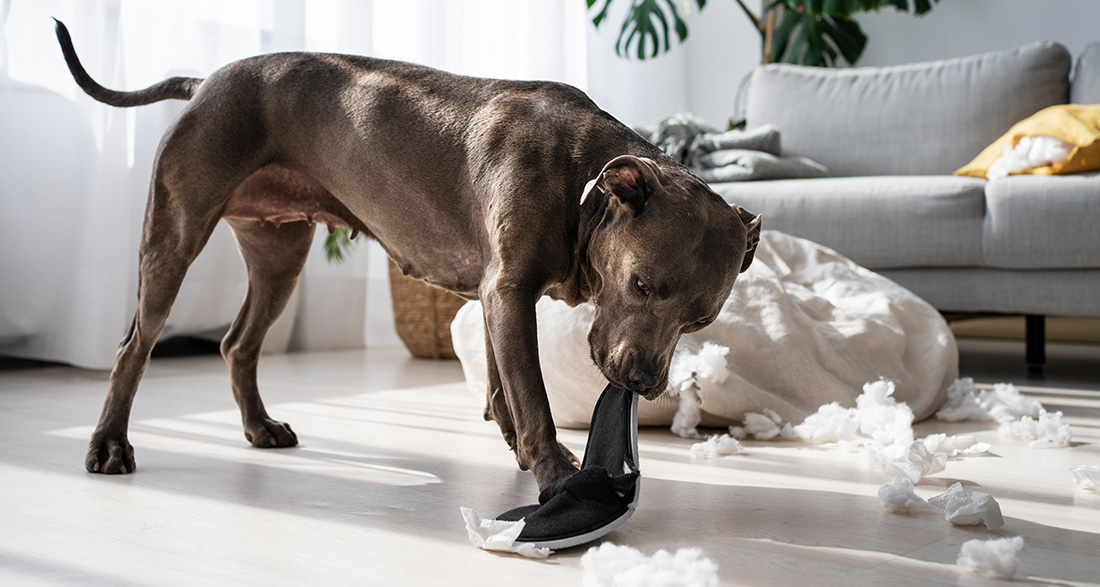Do you have a real rascal at home or want to find out which dogs are considered hard to train? The dog guide presents the top five most disobedient dog breeds.
A cheeky character can seem very endearing. For example, Chihuahuas are considered charming by many dog fans precisely because of their idiosyncratic behavior – coupled with their cute appearance and size.
However, when it comes to dog training, a disobedient dog can really test one’s nerves.
It is also essential to consider that too much wilfulness can lead to dangerous situations – for example, when the dog breaks free in traffic and refuses to respond to commands.
So, one should always be aware of their responsibility and choose a dog breed whose energy level they can handle.
iHugDogs presents five dog breeds that can pose particularly significant challenges for owners.
Dealing with disobedient dog breeds
In general, no one should get a dog if they don’t have time for the animal, as any dog breed can become disobedient if proper training is lacking. However, there are also dog breeds that require less attention.
Moreover, it is crucial to train the dog well from the beginning and not completely leave it to its breed-specific behaviors, following the motto: “This dog breed is just disobedient, I can’t do anything about it.”
The golden rule always applies: One should not train the four-legged friend against its nature, but also not foster behaviors that could significantly burden or even endanger the animal and its environment.
Anyone who does not have time in their daily life to complete special dog training when needed should preferably get an uncomplicated dog breed. Therefore, taking a look at the list of particularly disobedient dog breeds is helpful.

5 particularly disobedient dog breeds
With the following breeds, owners should be prepared for extra training and patience. These dogs belong to the most disobedient breeds:
Hard-to-train Dachshunds
Dachshunds are considered incredibly stubborn. Indeed, they are very independent and do not always obediently respond to every command. While this can be challenging for owners, it essentially reflects a very positive trait: their independence.
Dachshunds were bred for hunting. This means that their famous stubbornness also has advantages. When chasing through rabbit, fox, and badger burrows or picking up tracks through forests and meadows, they must act independently and make decisions.
Anyone who has or wants a Dachshund should definitely be aware of the energy level of this little rascal and provide the dog with enough exercise and, above all, mentally challenging games. If the owner challenges and promotes the dog and approaches training very consistently and confidently, they will have a very loyal companion.
The same applies to dog breeds like Beagles, Jack Russells, or Bloodhounds. They were also bred for hunting and can sometimes fray one’s nerves with their stubbornness.
Hard-to-train Chihuahuas
This little rascal has many tricks up its sleeve. Listening to its owner is more of a nuisance for the Chihuahua. If you don’t set boundaries for this breed, you quickly end up with a yapping, sometimes a bit nippy, little troublemaker by your side.
Chihuahuas may look very cute but require loving strictness and a very consistent upbringing. Like Dachshunds, they are very curious and lively and have a lot of energy. They should be mentally challenged with games and tricks.
Chihuahuas are quite disobedient, but with active training, they quickly get on the right track. Those who give the animal a lot of attention and love will be rewarded with a very active, witty, and sweet little rascal.

Hard-to-train Afghan Hounds
Dealing with this companion requires a lot of endurance because Afghan Hounds and many other sighthounds are quite tough and extremely independent. Therefore, they are often wrongly labeled as dumb, which is not entirely fair, as described in the iHugDogs article “These are the smartest dog breeds.”
A good reward system helps here – petting and cuddling often aren’t enough, but rather treats.
But beware: Too much tasty motivation reflects in the weight of the animal, so always keep it in moderation.
Mentally challenging search and puzzle games for dogs are just right for this graceful dog.
Hard-to-Train Bulldogs
Bulldogs also belong to the disobedient dog breeds. Their wilfulness manifests differently. Some run off like crazy as soon as they are let off the leash. Others drive their owners to the brink of madness with their laziness, even to the point of refusing to move at all. Lying down and not moving a muscle in the middle of a walk – stubborn Bulldogs are quite good at that when they’ve had enough.
Fortunately, the stubbornness of Bulldogs can be well managed with a lot of practice and enticing them with a reward. It is important to remain patient.
As with Afghan Hounds (or all dogs), caution is advised with too many treats! Especially due to their small, already stocky bodies, Bulldogs need to be mindful of their weight.

Hard-to-Train Chow Chows
The large, fluffy Chow Chow looks like a harmless giant teddy bear but can demand a lot. This dog breed is very headstrong and often likes to establish its own rules. They are not always obedient, making dog training, for example, significantly more challenging.
Moreover, they may not always enjoy cuddling, even if their owners would like them to – for instance, to reward the animal after training – and admittedly, themselves as well. However, it might happen that the Chow Chow rejects the “snuggling” and goes off on its own.
Chow Chow owners should accept the nature of the animal and give it space, while at the same time, diligently practicing commands, rewarding it immediately after performing commands, and always remaining consistent.
Those who are lenient will quickly realize how headstrong this rather disobedient dog breed can be.
Conclusion
Dog breeds considered disobedient require more attention.
In general, with the right training, a lot can be achieved, regardless of how obedient or disobedient a dog is due to its nature.
It is essential not to underestimate the training work and to be aware that some dogs require more attention and consistency than others, thus taking time to lead a secure and happy life.
Those unable to afford the extra dog training should, therefore, choose a breed that is characteristically more “low-maintenance.”


